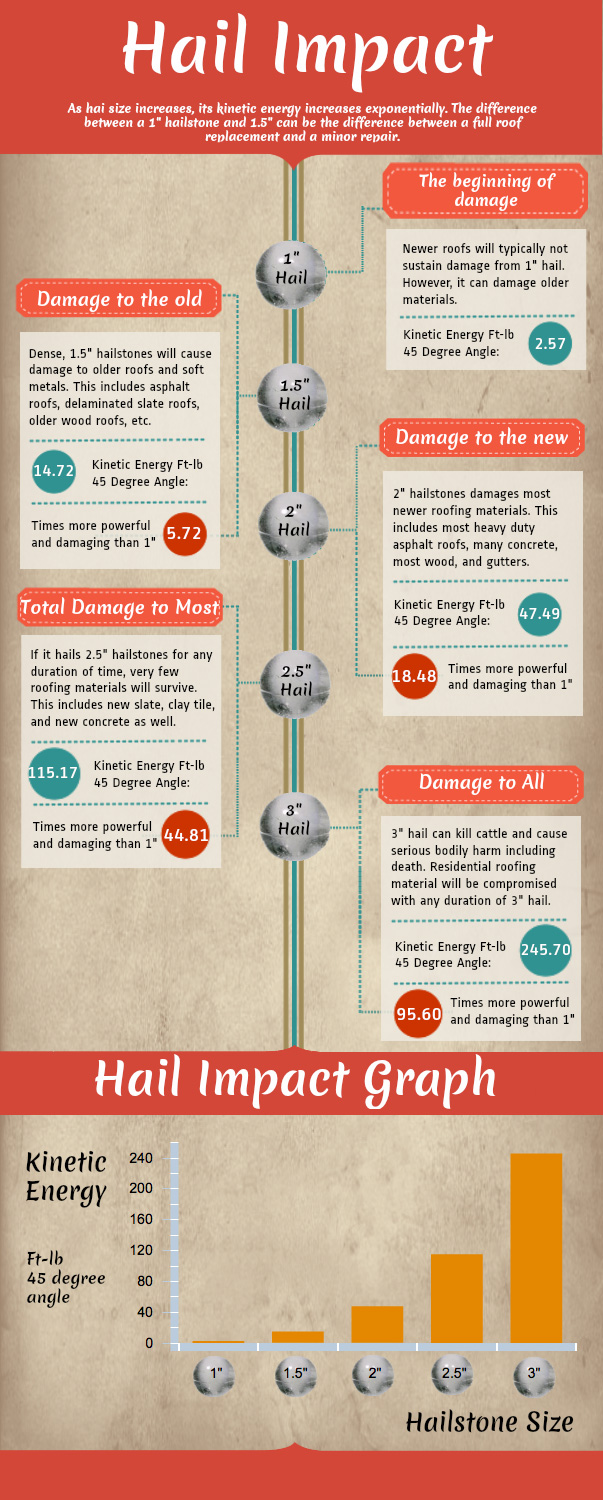Gain Insight Right Into Exactly How Diverse Weather Can Influence Your Roofing Setup, Ensuring A Job That Is Performed Faultlessly
Gain Insight Right Into Exactly How Diverse Weather Can Influence Your Roofing Setup, Ensuring A Job That Is Performed Faultlessly
Blog Article
Article By-Lohmann Smith
When it comes to roof installments, the climate can make or break the work. Imagine the irritation of dealing with materials that will not coordinate due to extreme warm or fighting slippery surfaces caused by unanticipated rain. Comprehending the effect of weather on your roof covering project is essential for a successful end result. So, let's explore exactly how various climate components can influence the high quality and toughness of your roofing installment, making sure a job well done.
Effect of Temperature Level on Roof Installment
When it comes to roof installation, temperature plays a critical role at the same time. The perfect temperature for roofing tasks usually falls in between 45 and 85 levels Fahrenheit. Learn Alot more Here can create products like shingles to come to be too flexible, causing possible damage during installation. On the other hand, cold temperatures can make materials breakable and vulnerable to splitting. It is essential to arrange roof covering setups during moderate temperature levels to ensure the very best end result.
Throughout cooler climate, professionals might require to take extra safety measures such as making use of heated tools or enabling materials to heat up before installation.
In contrast, heat may need work to be done earlier or later on in the day to prevent the peak temperatures. By taking into consideration the temperature level and its impacts on roof covering materials, you can help guarantee an effective installation that will certainly withstand the components for several years ahead.
Effect of Rainfall on Roofing Projects
Roofing projects can be dramatically affected by precipitation, impacting both the timeline and the high quality of the installment. Rain or snow can create unsafe conditions, making it unsafe for contractors to deal with a wet surface. Furthermore, dampness can compromise the adhesion of products like roof shingles or underlayment, resulting in potential leaks or problems in the future.
If it rains throughout a roofing project, the water can seep into vulnerable areas, creating hold-ups as the installation team have to wait on the roofing system to dry prior to continuing. Too much dampness can likewise promote the development of mold and mildew and mildew, more jeopardizing the stability of the roof covering.
To stay clear of these concerns, it's suggested to schedule roof projects during drier seasons or monitor the weather forecast closely to plan about any type of potential rainstorms. By taking precautions to work in positive weather, you can guarantee a smoother and more effective roof covering installation procedure.
Impact of Wind Rate on Installation Success
During roofing system setup, the speed of the wind plays a critical duty in figuring out the success of the task. High wind rates can present significant obstacles to roofing contractors, possibly resulting in safety risks and top quality issues. When wind speeds go beyond advised limitations, it ends up being difficult to manage products, boosting the risk of mishaps and damages to the roofing materials. Strong gusts can also impact the precision of measurements and the precision required for correct installation.
To guarantee an effective roof setup, it's important to check and take into consideration wind speeds. Preferably, roofing installation should happen on days with reduced to moderate wind speeds. wood floor replacement san antonio enhances the safety of the employees however additionally boosts the general top quality of the installation.
Roof covering tasks set up throughout calm weather are most likely to be completed effectively and with fewer errors. By taking notice of wind speed forecasts and preparing accordingly, you can assist ensure a smooth and successful roofing setup procedure.
Verdict
So, when it comes to roof setup, bear in mind to think about the weather conditions to make sure a successful task. Ideal temperature levels, completely dry conditions, and moderate wind speeds are key factors to prioritize for a smooth setup process. By arranging your task during the very best periods and excellent weather conditions, you can accomplish a long lasting and durable roofing system that will protect your home for several years to come.
